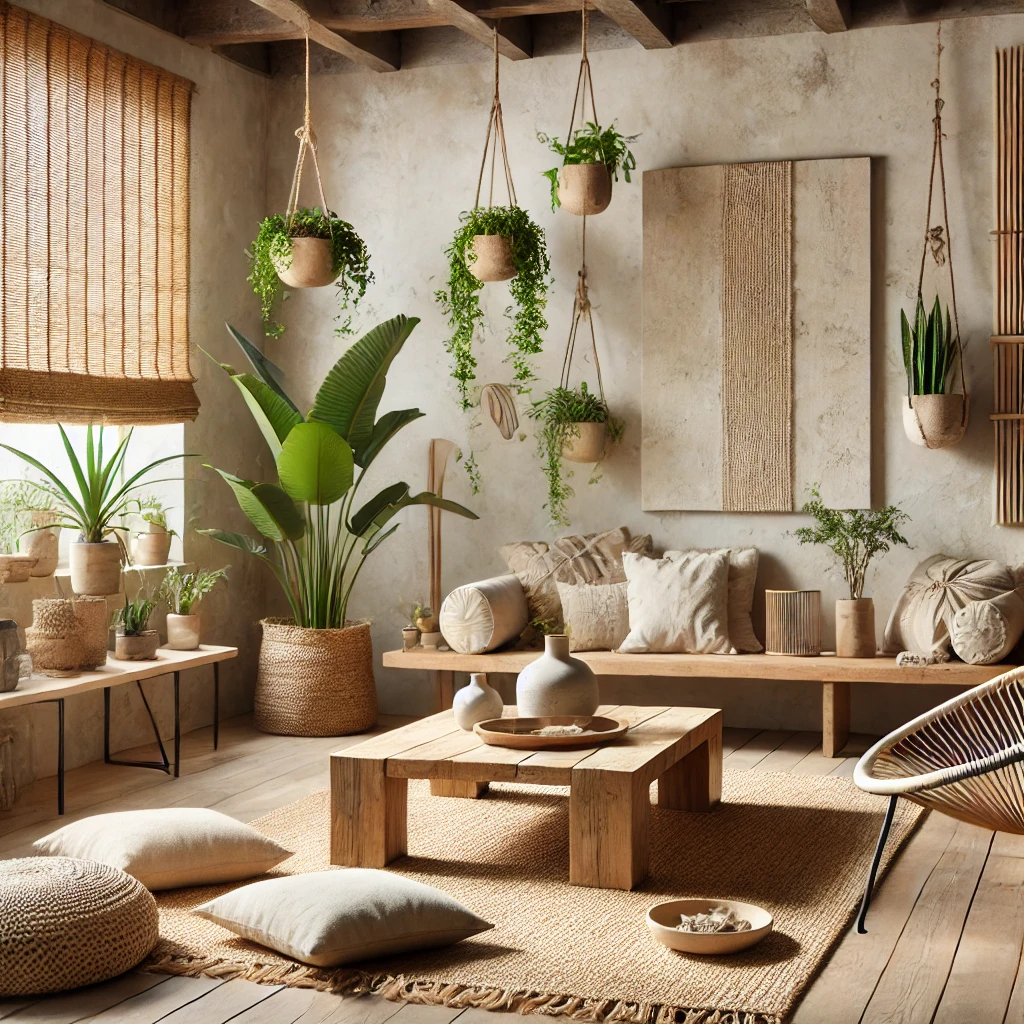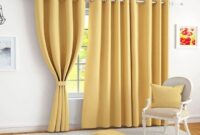Vintage interior style has made a grand comeback in recent years, captivating homeowners and designers alike with its nostalgic charm and timeless appeal. Whether you’re decorating a new home or looking to refresh your space, incorporating vintage elements can add character, warmth, and a sense of history to any room. This design approach blends elements from past eras, focusing on furniture, decor, and materials that have stood the test of time. In this article, we’ll dive deep into how you can create a stunning vintage interior, explore different styles, and provide tips on sourcing vintage pieces that will make your home unique.
Table of Contents
ToggleWhat is Vintage Interior Style?
Vintage interior style refers to a design aesthetic that draws inspiration from past decades, typically from the 1920s to the 1970s. It incorporates furniture, decor, and colors reminiscent of these periods, creating a warm and lived-in feel that transports you to a different time. Unlike antique styles that focus on older, rare pieces, vintage design can include more accessible and widely available items.
In today’s market, vintage pieces have become highly sought after, with furniture and decor stores offering a variety of styles from different eras. This style offers flexibility, allowing you to blend elements from different periods or focus on a specific decade that resonates with your personal taste.
Key Elements of Vintage Interior Style
Furniture with History
At the heart of vintage interior style is the furniture. Vintage furniture often tells a story, whether it’s a mid-century modern sofa from the 1950s or a retro dining table from the 1970s. The key is to choose pieces that have stood the test of time, both in durability and design.
Vintage furniture pieces are typically made from quality materials like solid wood, leather, and metal, which are not only durable but also add a sense of authenticity to the design. Look for vintage armchairs, sideboards, and dining sets that have intricate detailing or classic lines that speak to the period they were made.
Bold Colors and Patterns
One of the most defining characteristics of vintage interior style is the use of bold colors and patterns. Each era had its own color palette, and incorporating these into your space can help evoke the nostalgia you’re after. For example:
- The 1950s were known for soft pastels like mint green, pink, and butter yellow.
- The 1960s introduced vibrant colors like mustard yellow, avocado green, and orange.
- The 1970s embraced earth tones, with deep browns, greens, and burnt oranges dominating the design landscape.
To make your space truly vintage, consider adding wallpaper with retro patterns such as floral prints, geometric shapes, or damask. For a more subtle approach, you can incorporate these bold patterns in your cushions, rugs, or curtains.
Vintage Lighting and Fixtures
Lighting is an essential part of any vintage interior style design. Vintage lighting fixtures can set the mood and become a focal point in a room. Popular choices include:
- Chandeliers from the 1920s and 1930s, which offer elegance and grandeur.
- Pendant lights with industrial or art deco designs from the mid-century period.
- Sconces and lamps with brass or bronze finishes, adding a warm glow to the room.
Choosing the right vintage lighting helps to enhance the ambiance and emphasizes the overall aesthetic. You can find vintage-style lighting in antique stores, estate sales, or even modern reproductions that mimic classic designs.
Incorporating Vintage Accessories
Accessories play a crucial role in perfecting the vintage interior style look. These finishing touches can bring a room to life and enhance the authenticity of the design. Some popular vintage accessories include:
- Vintage clocks: Wall clocks or table clocks from the mid-century era can be both functional and decorative.
- Framed artwork: Incorporate vintage prints, posters, or paintings that align with the era of your furniture.
- Decorative mirrors: An ornate mirror with a distressed frame can serve as a beautiful statement piece.
- Antique vases: Use old ceramic or glass vases to display flowers and add a pop of color.
When choosing vintage accessories, aim for a balance between functional and decorative items that complement the furniture and overall design.
How to Blend Modern and Vintage Elements
Blending modern and vintage styles is one of the most popular trends in interior design today. This fusion, often called modern-vintage, allows you to enjoy the best of both worlds—the sleekness of contemporary design with the warmth and charm of vintage pieces. Here are some tips to create a cohesive look:
Start Small with Vintage Accents
If you’re new to vintage interior style, start by adding smaller vintage pieces rather than overhauling your entire space. Vintage decor such as a mirror, a side table, or a rug can instantly add character without overwhelming a modern setting. These accent pieces help you dip your toes into the style and gradually introduce more elements.
Balance Old and New
When mixing vintage with modern, balance is key. A room full of vintage furniture may feel like a time capsule, while too much modern furniture can lack warmth. Strive for harmony by combining a few standout vintage items, such as a vintage coffee table, with more contemporary furniture. For example, pairing a modern sofa with a vintage rug or vice versa can achieve a beautiful, balanced design.
Neutral Backdrop for Bold Pieces
Using a neutral color palette for the walls, floors, and large furniture items creates a perfect backdrop for bold vintage pieces to stand out. Vintage interior style thrives when rich textures and striking patterns are given space to shine. Neutrals like white, cream, or beige allow vintage accessories and furniture to become focal points in the room.
Where to Find Authentic Vintage Pieces
Sourcing authentic vintage furniture and accessories can be one of the most exciting parts of decorating in vintage interior style. Knowing where to look for quality pieces is essential to creating a cohesive vintage look. Here are some of the best places to find authentic vintage items:
Antique Stores
Local antique shops are often treasure troves of vintage finds. These stores often stock items from different periods, and you can find everything from vintage lighting fixtures to old record players. The prices at antique shops can vary, but the quality and authenticity of the pieces are often guaranteed.
Flea Markets
Flea markets are great places to find affordable vintage furniture and decor. You may have to sift through a lot of items, but you can often score unique and rare pieces for a fraction of what you would pay at a store. Bargaining is usually expected, so don’t hesitate to negotiate a lower price.
Online Marketplaces
Websites like eBay, Etsy, and Chairish have vast selections of vintage and retro furniture. These platforms allow you to shop for pieces from the comfort of your home. Always check the seller’s reviews and ask for additional photos to ensure you’re purchasing high-quality vintage items.
Estate Sales
Estate sales offer a fantastic opportunity to purchase vintage furniture and accessories at reasonable prices. These sales often feature entire households’ worth of items, making it easier to find matching sets or complementary pieces from a specific era.
Why Choose Vintage Interior Style for Your Home?
There are several reasons why the vintage interior style has gained popularity among homeowners and interior designers. Beyond its nostalgic charm, this style brings warmth, individuality, and sustainability into your home.
Sustainability
By choosing vintage furniture, you’re participating in a more sustainable form of consumption. Instead of buying new, mass-produced items, you’re giving a second life to pieces that have already been made, reducing your environmental footprint.
Unique and Customizable
No two vintage homes look exactly the same. Vintage pieces are often one-of-a-kind or have unique characteristics, allowing you to personalize your home in a way that’s difficult with new, factory-produced items. Whether it’s a vintage dresser with intricate carvings or a retro armchair, vintage pieces add a layer of individuality to your design.
Timeless Appeal
Unlike fleeting trends, vintage interior style remains timeless. The quality craftsmanship and durable materials used in vintage furniture often make these pieces longer-lasting than their modern counterparts. When you invest in vintage, you’re investing in furniture that can stand the test of time—both structurally and aesthetically.
Incorporating vintage interior style into your home allows you to blend the beauty of the past with the convenience and functionality of modern living. By carefully selecting key vintage pieces, paying attention to balance and contrast, and knowing where to source authentic items, you can create a stunning and unique living space.
For those looking to learn more about vintage design and sustainability, you can explore in-depth guides on [Sustainable Interior Design](https://www.thespruce.com/sustainable-interior-design-5187940) that offer tips and advice on eco-friendly decorating choices.
Conclusion
The vintage interior style offers a timeless and adaptable approach to home design that appeals to a broad range of tastes. Whether you’re drawn to the sleek lines of mid-century modern furniture, the ornate detailing of 1920s decor, or the earthy tones of the 1970s, vintage style provides endless opportunities to express your personality through your home. By mixing vintage and modern elements, you can create a space that is both nostalgic and current, bringing warmth, character, and sustainability into your daily life.




